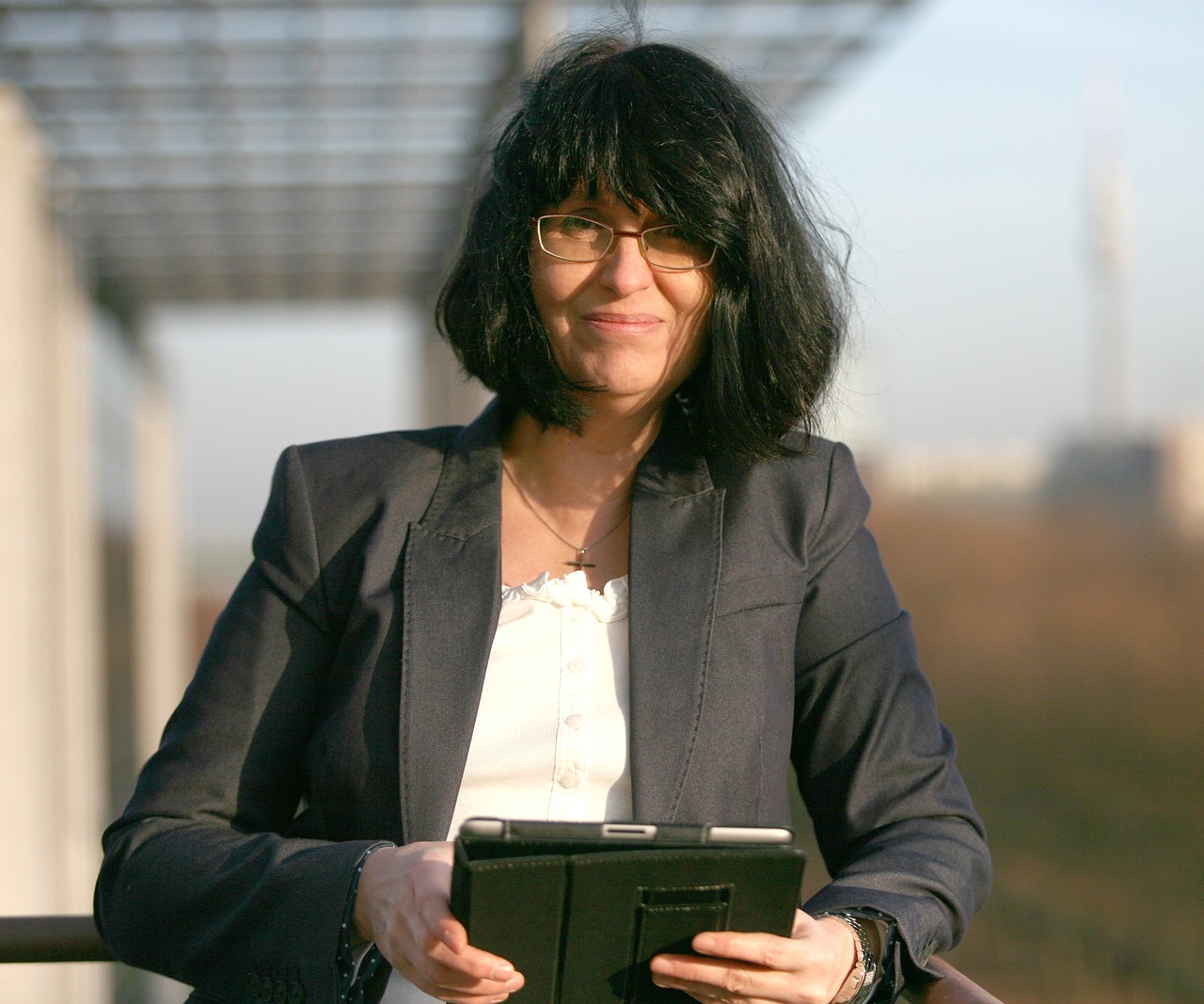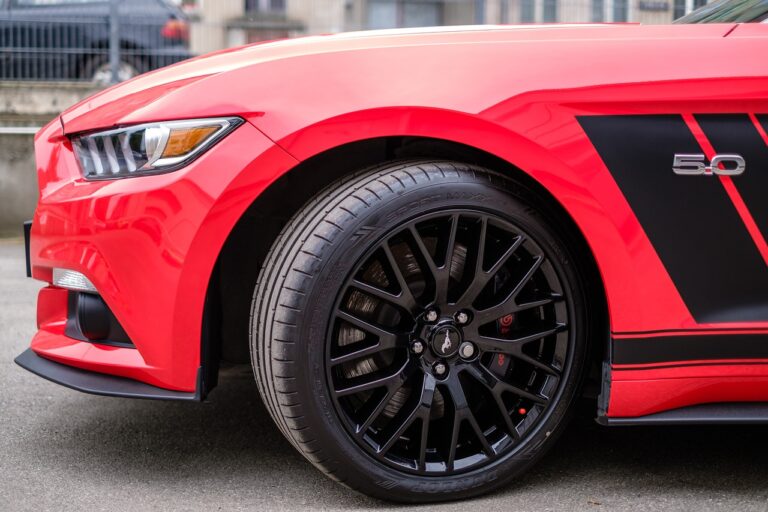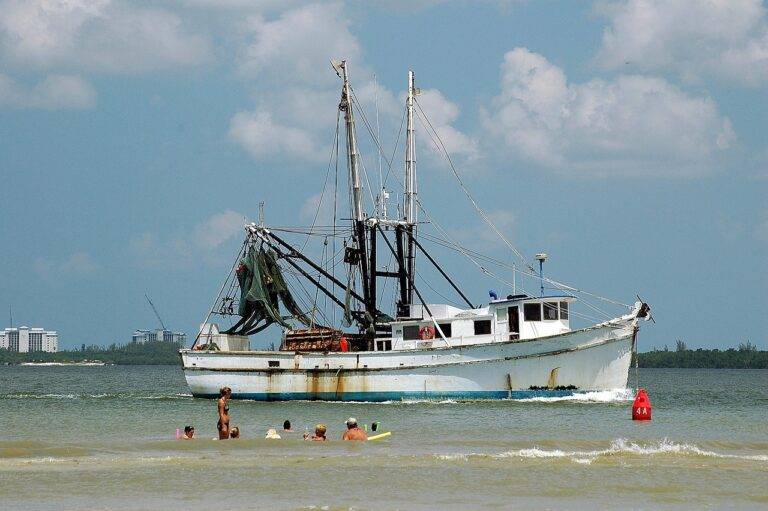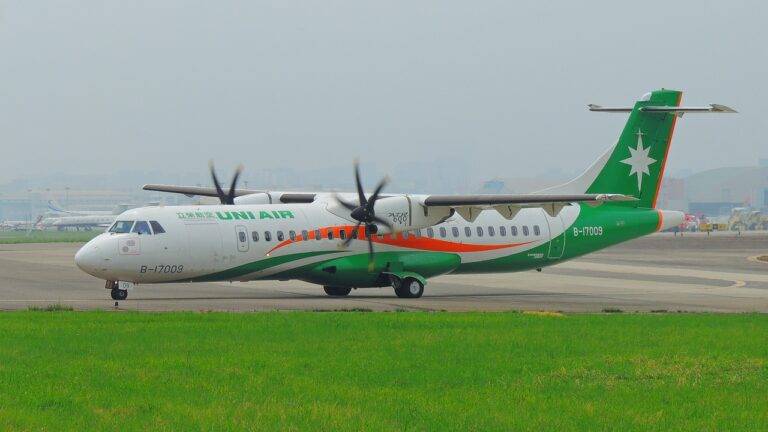Exploring the Future of Urban Mobility: Trends in Transportation Technology
Urbanization often leads to increased pressure on transportation systems within cities. As urban areas grow, the number of vehicles on the road also increases, resulting in congestion and longer commute times for residents. This can have a negative impact on the overall efficiency and sustainability of transportation infrastructure.
Moreover, the trend of urbanization necessitates the development of innovative transportation solutions to address the challenges faced by growing city populations. Implementing public transportation systems, promoting non-motorized modes of transport like cycling and walking, and exploring the use of shared mobility services are some strategies that can help improve urban mobility in the face of rapid urbanization.
• Public transportation systems can help reduce congestion and improve efficiency in urban areas
• Promoting non-motorized modes of transport such as cycling and walking can lead to healthier, more sustainable cities
• Shared mobility services like ride-sharing and bike-sharing can provide convenient options for city residents
• Investing in infrastructure for alternative transportation modes can help alleviate the strain on traditional transportation systems
Challenges in Urban Mobility
One of the key challenges in urban mobility is the increasing congestion on roads, leading to longer commute times for residents. The growing number of vehicles on the streets, coupled with limited infrastructure improvements, has resulted in congested roadways during peak hours, impacting the overall efficiency of transportation in urban areas. This congestion not only causes frustration among commuters but also contributes to environmental issues such as increased air pollution and carbon emissions.
Additionally, the lack of integrated transportation systems poses a significant challenge in urban mobility. Different modes of transportation, such as buses, trains, and bikes, often operate independently without seamless connectivity, making it challenging for individuals to switch between modes easily. This lack of integration not only results in inefficiencies in the transportation network but also leads to discrepancies in pricing and scheduling, further complicating the commuting experience for urban residents.
Emerging Technologies in Transportation
Urban transportation is undergoing a transformative shift with the emergence of innovative technologies. Electric vehicles, autonomous vehicles, and ridesharing platforms have revolutionized the way people move within cities. These technologies not only promise cleaner and more efficient transportation but also offer potential solutions to urban congestion and air pollution.
In addition to electric and autonomous vehicles, smart traffic management systems are playing a crucial role in shaping the future of urban transportation. These systems leverage real-time data and advanced algorithms to optimize traffic flow, reduce travel times, and enhance safety on the roads. By integrating technology with transportation infrastructure, cities can create a more sustainable and interconnected urban mobility ecosystem.
What are some of the challenges in urban mobility?
Some challenges in urban mobility include traffic congestion, limited parking space, pollution, and inefficient public transportation systems.
How can emerging technologies help improve transportation?
Emerging technologies such as autonomous vehicles, electric vehicles, and ride-sharing platforms can help improve transportation by reducing congestion, emissions, and travel times.
How does urbanization impact transportation?
Urbanization leads to increased demand for transportation services, which can strain existing infrastructure and lead to congestion. It also creates opportunities for innovative solutions to improve mobility in cities.
What are some examples of emerging technologies in transportation?
Examples of emerging technologies in transportation include electric scooters, smart traffic management systems, hyperloop transportation, and drones for delivery services.







